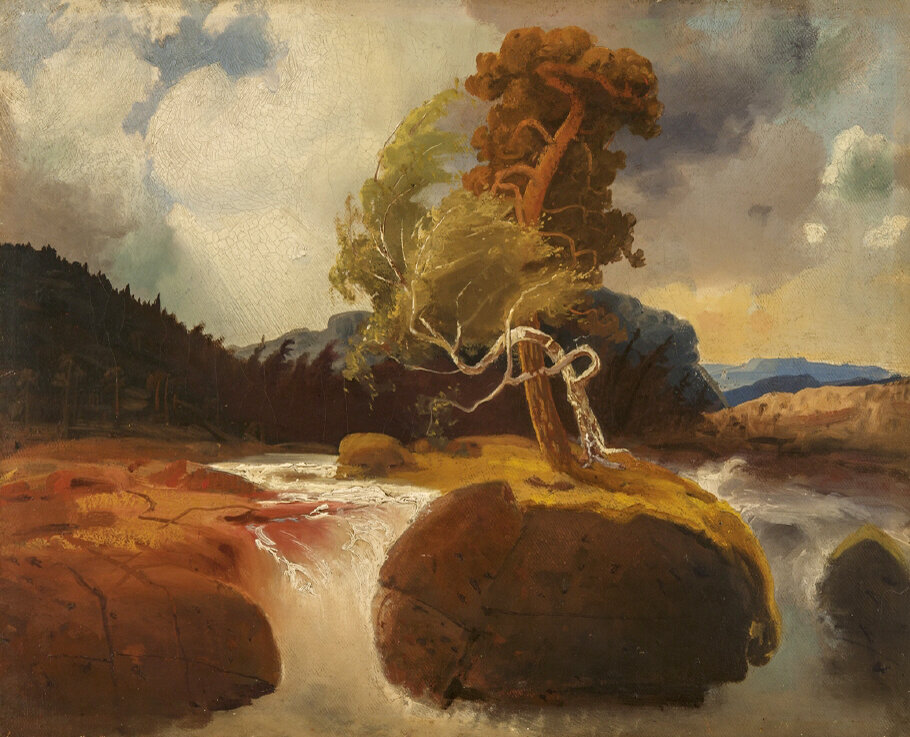From Marcus Larson to Goth
7 February—19 April 2015
Previous exhibition

Visit the museum
Buy annual pass
7 February—19 April 2015
Our fascination with dread, fear and the inexplicable seems insatiable. In a great many genres of contemporary popular culture there is a tremendous interest in horror. That it is an over two hundred year old pictorial genre with its roots in Romantic literature and visual art is perhaps not well known today. The exhibition comprises more than 30 heavy metal record covers from the last forty years presented in conjunction with computer game fantasy landscapes and Nordic 19th-century painting in an attempt to cast a fresh eye on both Romanticism and on our time’s interest in Gothic Horror.
Our fascination with dread, fear and the inexplicable seems insatiable. In a great many genres of contemporary popular culture there is a tremendous interest in horror. That it is an over two hundred year old pictorial genre with its roots in Romantic literature and visual art is perhaps not well known today. The exhibition comprises more than 30 heavy metal record covers from the last forty years presented in conjunction with computer game fantasy landscapes and Nordic 19th-century painting in an attempt to cast a fresh eye on both Romanticism and on our time’s interest in Gothic Horror.
From the end of the 18th to the mid-19th century, Romanticism had a significant influence on philosophy, literature, visual art and music. The landscape enjoyed a central position in Romantic visual art as a conveyor of emotions and moods. Fascinated by the enigmatic and strange, Romantic artists delved into the mysterious aspects of the human experience, including the unconscious, dreams and myths, in works frequently characterised by heightened dramatic effects. In literature, writers such as Mary Shelley, Bram Stoker and Victor Hugo explored the area thoroughly already in the 19th century in their novels about Frankenstein, Dracula and the Hunchback of Notre-Dame. In visual art, there were important contributions made by German artists including Caspar David Friedrich, Karl Friedrich Schinkel and the Swiss Arnold Böcklin as well as Norwegian painters such as August Cappelen, Lars Hertervig and Knud Andreassen Baade.
The most prominent Swedish Romantic painter of the 19th century was Marcus Larson. In his paintings, the landscape is often the stage of a fateful struggle between order and chaos. Of humble origin, Larson achieved fame and fortune but burned out and died a pauper’s death in 1864 in London at the age of 39 – the embodiment of the Romantic idea of the artistic genius.
Romanticism may have its roots in the 18th century but its ideas influenced art throughout the 19th century and are very much alive in today’s popular culture, with its Gothic imagery of menacing trees, dragons, castles, ruins and ill-fated landscapes reminiscent of the moods of Romanticism. Needless to say, these pictorial genres are produced under vastly different conditions but nevertheless, the affinities are indisputable.












